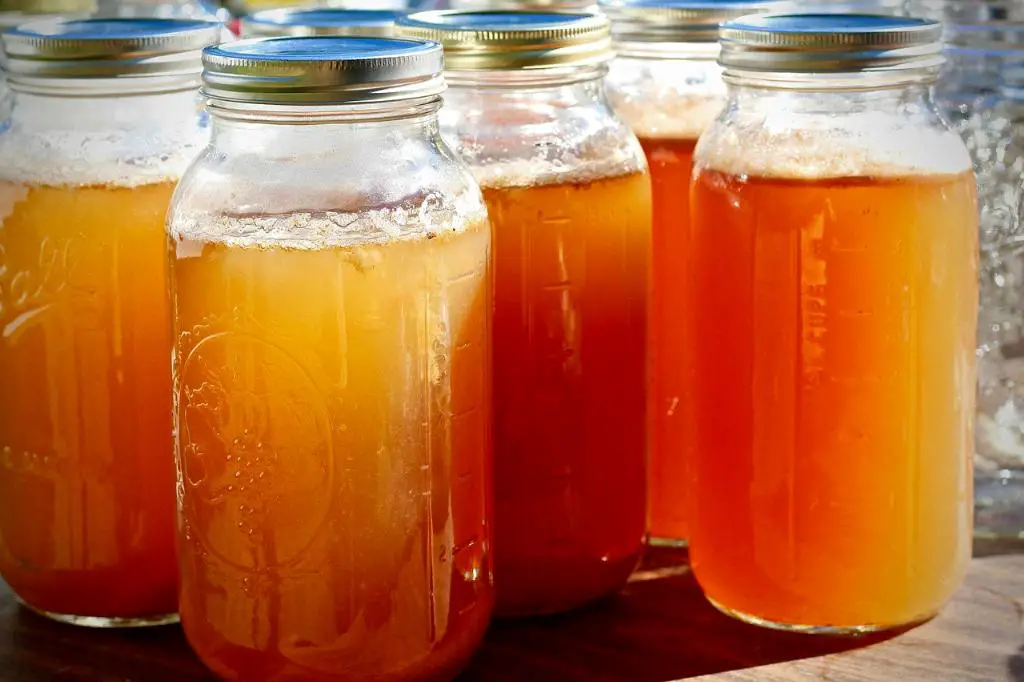In the world of cider-making, the ratio of apples to cider is a crucial factor that determines the quality and flavor profile of the final product. Achieving the perfect balance of sweetness and tartness is an art that cider enthusiasts and homebrewers strive for. So, what exactly is the ideal ratio of apples to cider?
1. The Apple-to-Cider Conversion
When it comes to making cider, it takes approximately 15 pounds of apples to produce a gallon of this delightful beverage. This conversion may vary slightly depending on the juiciness and sugar content of the specific apple varieties used.
2. The Importance of Apple Selection
Choosing the right apple varieties is a critical step in cider-making. To create a well-rounded and balanced cider, a blend of tart and sweet apples is typically used. Tart apples such as Granny Smith, Pink Lady, or Braeburn bring a refreshing sharpness, while sweeter varieties like Fuji or Jonagold add a pleasant hint of sweetness.
3. Striking the Perfect Balance
When determining the ratio of tart to sweet apples, aiming for a harmonious balance is key. Depending on personal preference, a ratio of 3:1 or 2:1 (tart to sweet) is often recommended. However, feel free to experiment and adjust the ratio to suit your taste buds.
4. Adding Complexity with Apple Blending
By blending multiple apple varieties, you can achieve a more complex flavor profile in your cider. Each variety contributes its unique characteristics, creating a cider that is not overly sweet or tart. Experimenting with different apple combinations opens up a world of possibilities, allowing you to discover your signature blend.
5. Enchanting Aromas through Apple Varieties
It’s important to note that different apple varieties also bring distinct aromas to the table. Some may have floral notes, while others offer hints of citrus or spice. By carefully selecting and blending apples, you have the opportunity to create a cider that tantalizes both the taste buds and the olfactory senses.
6. Achieving Consistency with Batch Sampling
To maintain a consistent flavor profile across multiple batches, it’s essential to sample and record the characteristics of each apple variety you plan to use. This way, you can replicate successful blends and make adjustments as needed.
7. Celebrating Seasonality with Apple Selection
Embracing the seasonal availability of apple varieties can enhance your cider-making experience. Some varieties may only be available during specific times of the year, allowing you to explore the diverse flavors each season offers.
8. The Role of Juice Extraction Methods
When extracting the juice from apples, consider using a press or juicer specifically designed for cider-making. These methods minimize oxidation and ensure the maximum extraction of flavor and aroma compounds from the apples.
9. The Impact of Fermentation
After the apples have been pressed and the juice extracted, the fermentation process begins. During fermentation, yeast consumes the natural sugars in the juice and converts them into alcohol, transforming the apple juice into cider. The length of fermentation can also influence the final flavor profile of the cider.
10. The Magic of Patience
Crafting cider is an art form that requires patience. Allowing the cider to age and mellow for a few months after fermentation can significantly improve its flavor and complexity. This aging process allows the flavors to meld together, resulting in a more refined and enjoyable drinking experience.
11. Embracing Creativity and Experimentation
Ultimately, the ratio of apples to cider is a personal preference and can vary depending on the flavors you wish to achieve. Don’t be afraid to experiment, get creative, and deviate from the suggested ratios. After all, cider-making is about exploring the vast possibilities of apple blending and enjoying the fruits of your labor.

12. Conclusion
When it comes to the ratio of apples to cider, there is no one-size-fits-all answer. However, by using a blend of tart and sweet apple varieties and experimenting with ratios, you can achieve a harmonious and well-balanced cider. Remember to embrace the magic of cider-making, unleash your creativity, and savor the journey of crafting your own unique cider blends.
